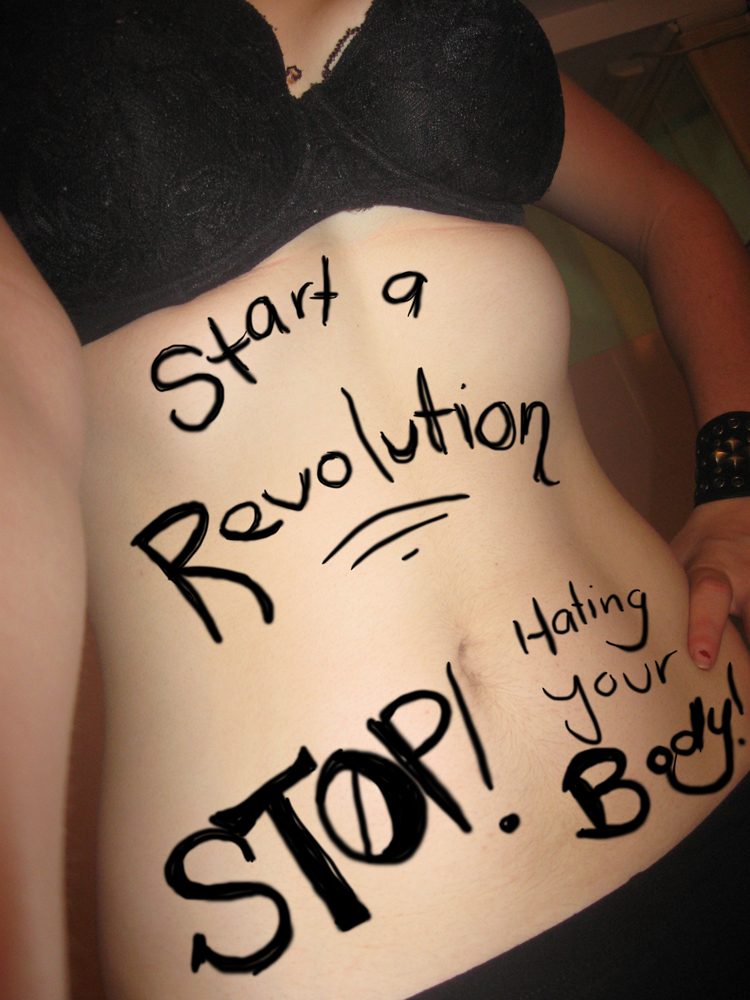| May these sleeping puppies inspire you to go to bed. |
When we are well -rested, we make smart decisions, feel emotionally balanced, and feel ready to face the world. It turns out that we are also healthier. Here are a few things about sleep and health outcomes that you may not know (research compiled by Harvard Pilgrim Health Care):
Obesity:
Several studies have linked insufficient sleep and weight gain. One study found that people who slept fewer than six hours per night on a regular basis were much more likely to have excess body weight, while people who slept an average of eight hours per night had the lowest relative body fat of the study group.
Diabetes:
Studies have shown that people who report sleeping fewer than five hours per night had a greatly increased risk of having or developing type 2 diabetes. Studies have also shown that improved sleep can positively influence blood sugar control and reduce the effects of type 2 diabetes.
Cardiovascular Disease and Hypertension:
A recent study found that even modestly reduced sleep (six to seven hours per night) was associated with an increased risk for heart attack and heart disease.
Immune Function:
Several studies suggest that sleep deprivation may decrease the body's ability to fight off infection.
The Common Cold:
In a recent study, people who averaged less than seven hours of sleep a night were about three times more likely to develop cold symptoms than those who got eight or more hours of sleep when exposed to the virus that causes colds. And those who got better quality sleep were the least likely to come down with a cold.
So, knowing all of that, how do we get more sleep? Here are five tips.
1) Go to bed at the same time every night and get up at the same time every morning. This will help your body set an internal clock and help it understand that it's time to sleep when you go to bed.
2) Go to bed before 11pm. There is evidence to show that our bodies create a new "awake cycle" at 11pm and that it's more difficult to fall asleep after that time.
3) Create a regular evening ritual. You want this ritual to signal to yourself that it's time to get ready for sleep.This could involve turning off your electronics and turning down the lights an hour before bed or cuddling up with a book and some herbal tea.
4) Avoid caffeine in the evening. It can interfere with your ability to fall asleep at bed time.
5) Do something relaxing before bed. Try taking a bath or doing some restorative yoga before bed to relax your muscles and your mind.
Have you had success in getting 8 hours of sleep a night? If so, I'd love to hear about it. Write below or shoot me an email! And good luck getting those ZZZZzzzzzzzzzzzz's.




















